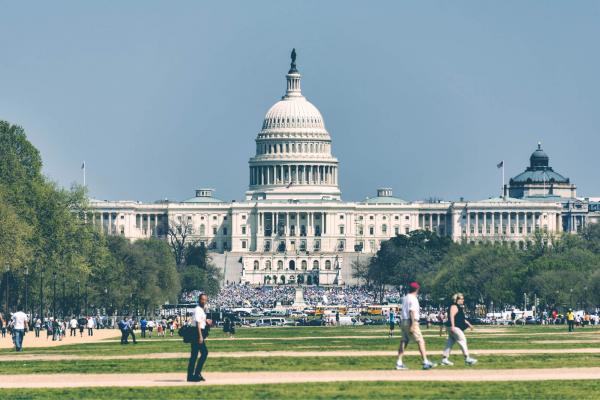Jan 19, 2017
This weekend, hundreds of thousands will flood the streets of Washington, D.C., to take part in the Women’s March on Washington, a massive rally that organizers describe as an opportunity to “stand together in solidarity with our partners and children for the protection of our rights, our safety, our health, and our families — recognizing that our vibrant and diverse communities are the strength of our country.”
The march calls for unity, and indeed, such a public event has the power to shape and energize the future of feminism, at least in the months ahead. But many are asking who that future will serve, and who might be left behind.
Read the Full Article

Already a subscriber? Login
